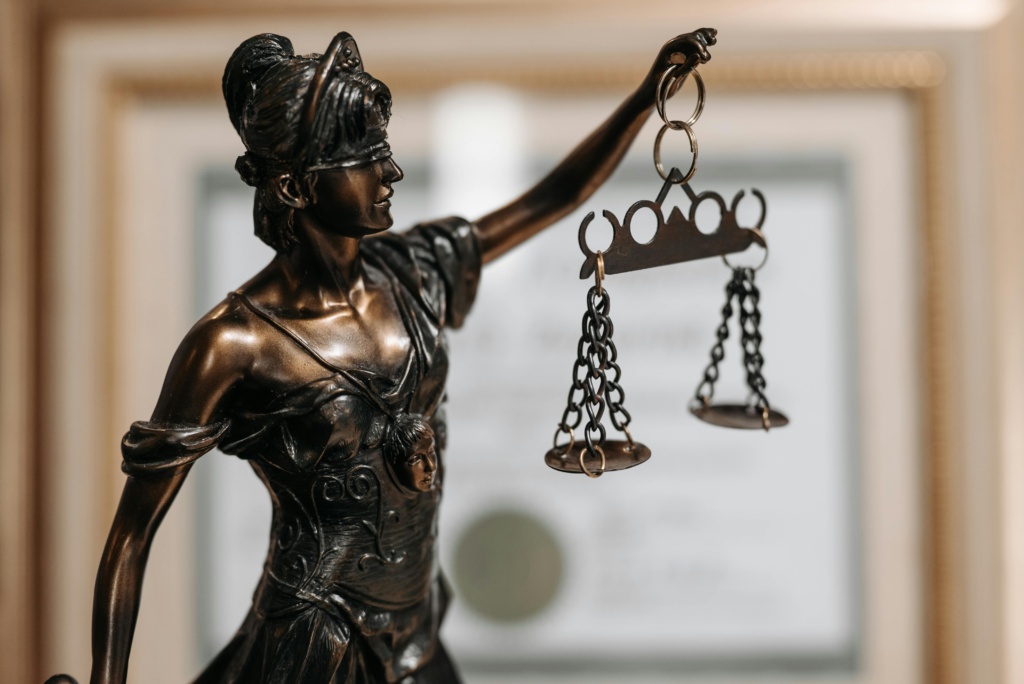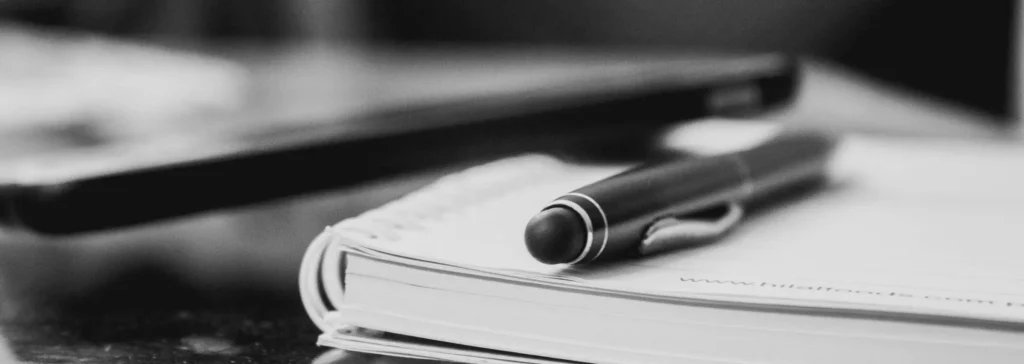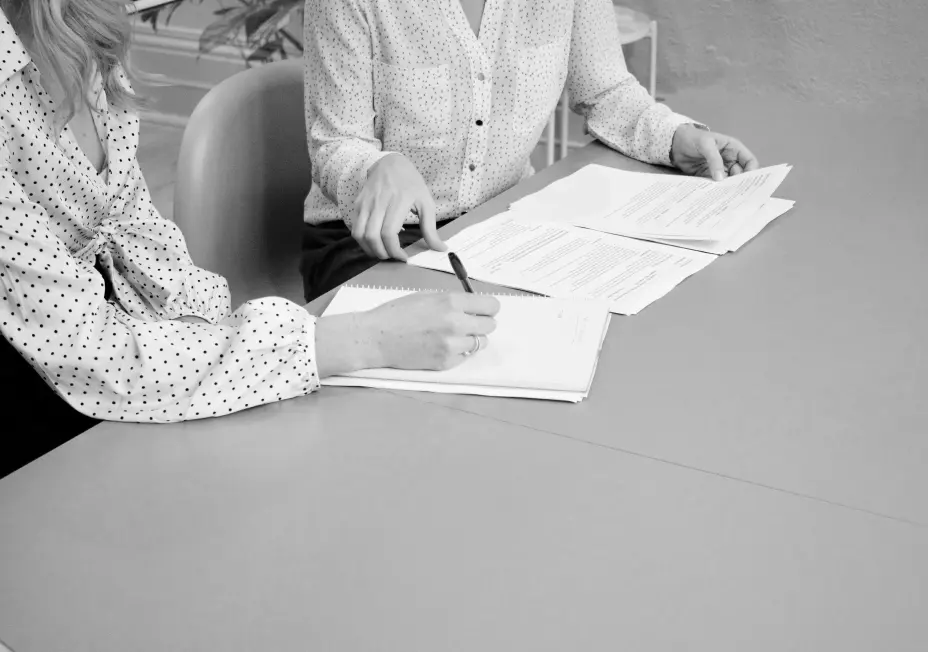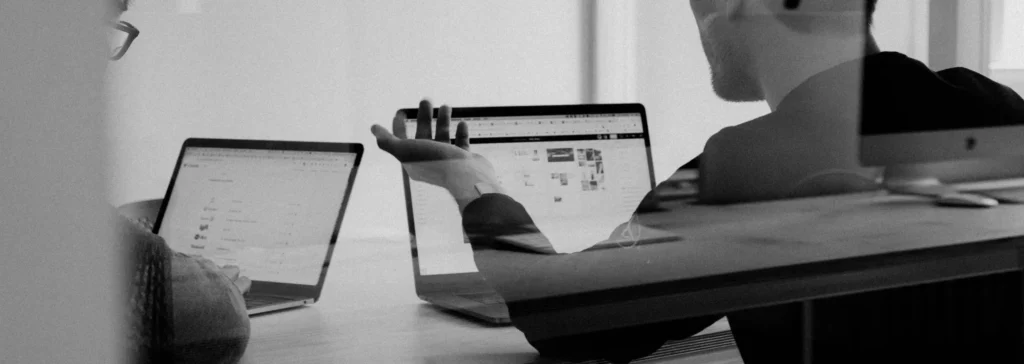Hit and run accidents are distressing and often leave victims feeling uncertain about what to do next. These incidents involve a driver causing a crash and leaving the scene without providing their details or offering help.
Even if the driver can’t be found, you may still be able to claim compensation. Australian laws provide options for people injured in hit-and-run accidents through specific government-backed schemes. Whether you were driving, walking, or cycling at the time, you may be eligible for support through legal and insurance pathways.
This guide explains what a hit and run accident is, what steps to take immediately after, and how to claim compensation after a road accident under Australian law.
What Is a Hit and Run Accident in Australia?
A hit and run accident happens when a driver causes a crash and leaves the scene without stopping to provide their details or help anyone who is injured. This is a criminal offence under Australian law.
These incidents can involve:
- A collision between two or more vehicles
- A driver hitting a pedestrian or cyclist
- Damage to parked cars or property, followed by the driver leaving without notice
Even if the damage seems minor or no one appears injured, failing to stop and report the incident can still lead to serious legal consequences.
In many cases, the driver is never identified. When this happens, victims can still access compensation through state-based schemes, provided certain conditions are met.
What to Do After a Hit and Run Accident
Taking the right steps after a hit and run can help protect your health, support your legal rights, and improve your chances of receiving compensation.
1. Get Medical Attention
Your safety comes first. Seek medical help immediately, even if injuries seem minor. Some symptoms may appear hours or days later.
2. Report the Accident to the Police
In most states, you must report the incident to police within a specific timeframe to be eligible for compensation. Try to do this as soon as possible. Provide as many details as you can, such as location, time, vehicle description, and witness information.
3. Collect Any Available Evidence
If you’re able, gather details that may help identify the driver or support your claim. This could include:
- Photos of the scene or damage
- Dashcam footage
- Contact details of witnesses
- CCTV from nearby homes or businesses
4. Keep Records
Save all medical documents, receipts, and communications related to the accident. These may be needed when making a compensation claim.
Even when the driver can’t be identified, following these steps can strengthen your case and ensure you meet the eligibility requirements for a claim.
Can You Claim Compensation After a Hit and Run?
Yes. In Australia, you can still claim compensation after a hit and run accident, even if the driver responsible is never found.
Each state and territory has a process that allows injured people to make a claim through a government-backed body when the at-fault driver is unknown. In Queensland, this is done through the Nominal Defendant scheme, which operates under the Compulsory Third Party (CTP) insurance system.
To be eligible:
- The accident must be reported to police within a set time (often within 24 hours)
- A claim must be lodged within strict legal time limits (usually within 3 to 9 months)
- The injured person must not have contributed to the incident through dangerous or unlawful behaviour
If these conditions are met, you may be able to receive compensation for things like medical costs, loss of income, and ongoing rehabilitation, similar to any other road accident claim.
What Can You Claim Compensation For?
If you’ve been injured in a hit and run accident, you may be able to claim compensation for a range of losses. The exact amount will depend on the severity of your injuries, your recovery needs, and how the accident has affected your daily life.
Common types of compensation include:
- Medical expenses
Hospital visits, doctor appointments, medications, and rehabilitation.
- Loss of income
Wages lost due to time off work, and future income if your ability to work is affected.
- Pain and suffering
Compensation for physical pain, emotional distress, or reduced quality of life.
- Ongoing care or support
If the injury results in long-term disability or the need for help with daily activities.
- Out-of-pocket costs
Travel to medical appointments, home modifications, or other related expenses.
Each case is assessed individually, and supporting documents will be needed to justify your claim.
How to Claim Compensation After a Road Accident
If you’ve been injured in a hit and run, you can make a compensation claim, even if the other driver is unidentified. The process will depend on the laws in your state or territory, but generally involves the following steps:
1. Seek Medical Treatment
Get medical attention as soon as possible. Medical records will be crucial in supporting your claim.
2. Report the Accident to the Police
You must report the accident to the police promptly. In Queensland, this should be done within 24 hours. A police report is often required to prove that the incident occurred.
3. Lodge a Claim
If the at-fault driver is unknown, the claim must be made through the Nominal Defendant. This is a government body that covers compensation in cases involving unidentified or uninsured drivers.
4. Comply With Time Limits
Strict timeframes apply. In Queensland, you usually need to:
- Notify the Nominal Defendant within 3 months of the accident
- Lodge a full claim within 9 months
*Delays may be accepted in limited circumstances, but acting quickly is recommended.
5. Provide Supporting Evidence
Include all relevant information in your claim:
- Medical reports
- Police report
- Evidence from the accident scene
- Statements from witnesses
6. Consider Legal Support
Claiming through the Nominal Defendant can involve detailed paperwork and legal requirements. Legal assistance can help make the process clearer and improve your chances of receiving the full compensation you’re entitled to.
How a Lawyer Can Help With Your Claim
While it’s possible to lodge a claim on your own, the process can be complex, especially when the at-fault driver is unknown. A lawyer with experience in hit and run compensation claims can help you:
- Understand your rights
Clearly explain what compensation you may be entitled to under the law.
- Meet key deadlines
Ensure your claim is submitted within the required timeframes.
- Prepare accurate documentation
Help you gather and present medical reports, police records, and evidence to support your case.
- Deal with the Nominal Defendant
Communicate on your behalf and respond to requests for more information.
- Maximise your compensation
Identify all possible entitlements and make sure nothing is missed.
Legal guidance can take the pressure off during a difficult time and give you a better chance of achieving a fair outcome.
Need Support After a Hit and Run Accident?
If you’ve been injured in a hit and run accident and don’t know what steps to take, legal advice can help you move forward with clarity and confidence.
At Rin Kim Law, we help people understand their rights, meet legal deadlines, and access the compensation they’re entitled to, even when the driver at fault cannot be identified. We take the time to listen, explain your options in plain language, and support you through every stage of the process.
You can contact us for a free, no-obligation consultation to discuss your situation and find out how we may be able to help.
Get in touch with our team today.
FAQs
What if I didn’t get the driver’s details or number plate?
You can still make a claim. In most states, you can apply through the Nominal Defendant if the at-fault driver can’t be identified. Make sure you report the accident to the police and gather any available evidence.
Can I claim compensation if I was a pedestrian or cyclist?
Yes. If you were injured as a pedestrian or cyclist in a hit and run, you may still be eligible for compensation under the same schemes that apply to vehicle occupants.
Do I need to prove who caused the accident?
If the driver is unidentified, you’ll need to show that the accident occurred and was caused by someone else. Police reports, witness statements, and other evidence will help support your claim.
What happens if I miss the deadline to lodge a claim?
Strict time limits apply. If you miss them, you may lose the right to claim compensation. In some cases, exceptions can apply, but delays should be explained and justified.
Can I claim if I was partially at fault?
Yes, but your compensation may be reduced depending on your level of responsibility. Each case is assessed based on the available evidence.













